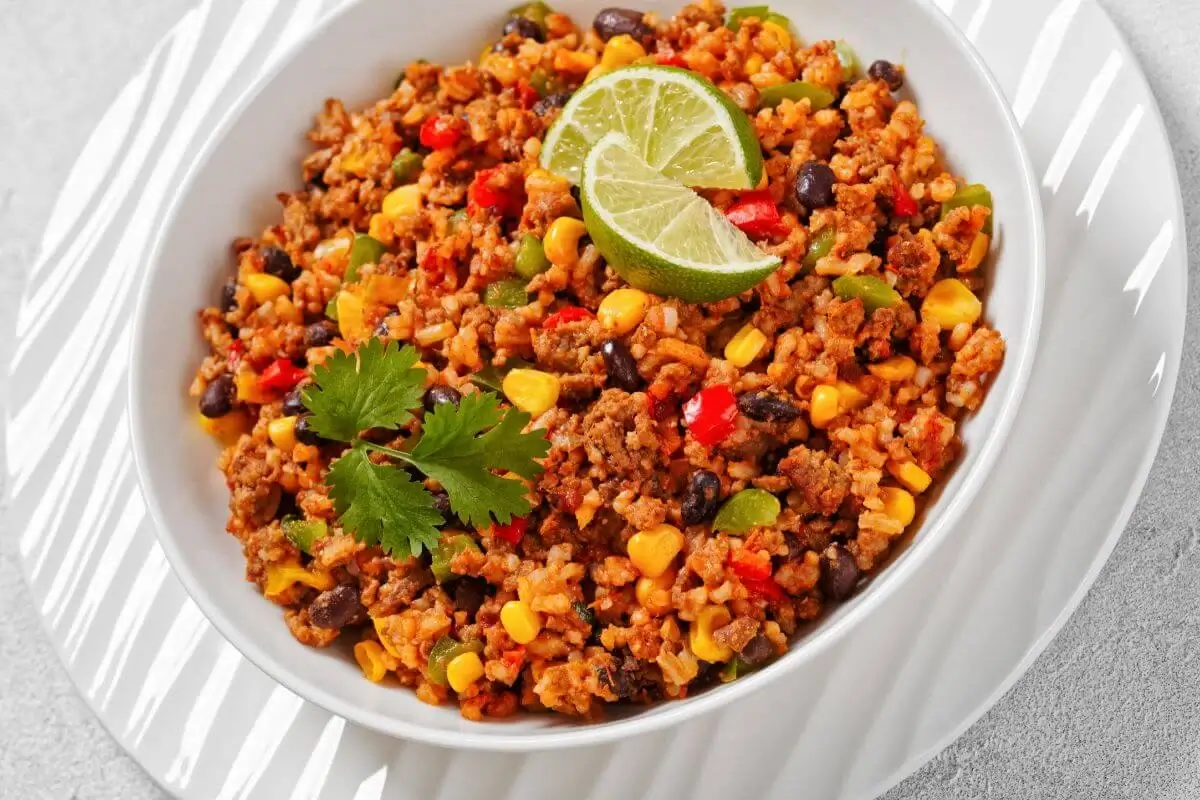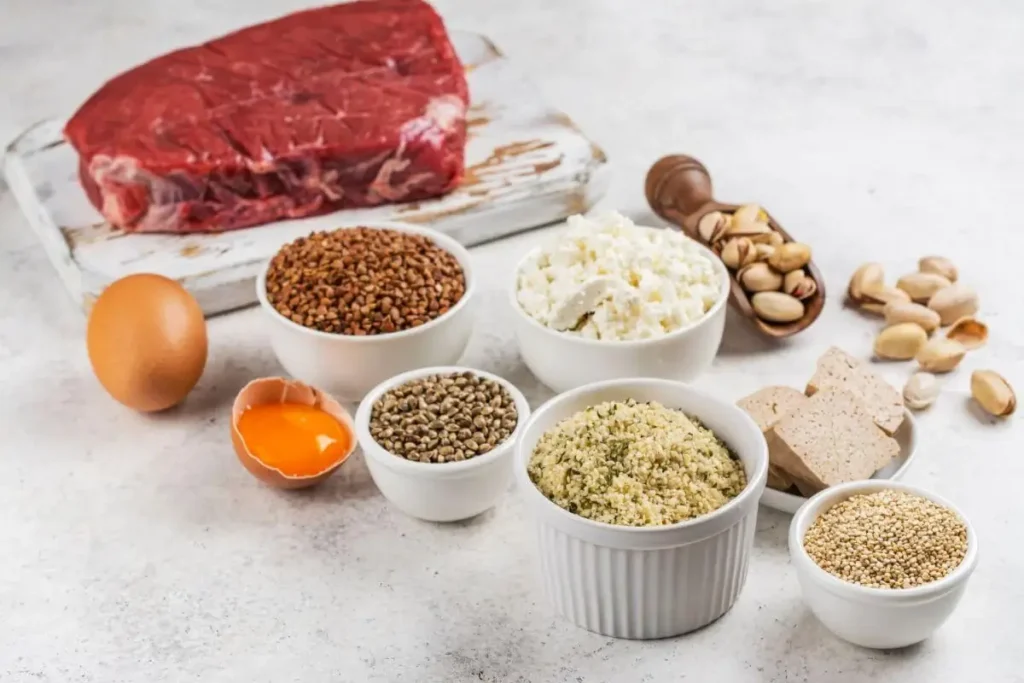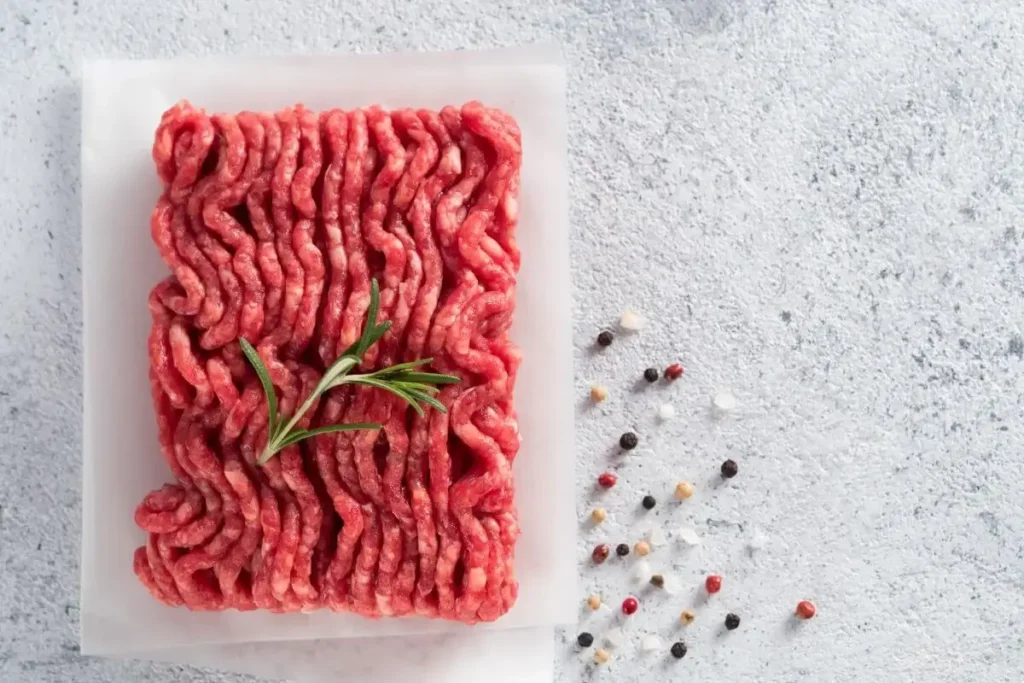Beef Giniling, a staple in Filipino cuisine, offers a delightful mix of savory ground beef, vibrant vegetables, and a rich tomato sauce, providing a comforting meal that’s perfect for family dinners. This traditional dish, often enjoyed across the Philippines, is not only packed with flavor but also with cultural heritage. In this comprehensive guide, we’ll explore the authentic Filipino beef giniling recipe, from the basic ingredients to various cooking techniques and tips for making your giniling just right. Prepare to dive into the flavors and stories behind this beloved dish.
Introduction to Beef Giniling Recipe
Cultural Significance of Beef Giniling in Filipino Cuisine
Beef Giniling is deeply rooted in Filipino culinary tradition, reflecting the history and diversity of the Philippines. This dish, often served during family gatherings and special occasions, showcases the influence of both local and foreign culinary practices. As a comfort food, beef giniling not only fills the stomach but also warms the heart, making it a cherished recipe in many Filipino homes.
Overview of Common Ingredients Used
The beauty of beef giniling lies in its simplicity and the versatility of its ingredients. Typically, the dish includes ground beef, diced potatoes, carrots, and sometimes peas, all simmered in a flavorful tomato sauce. These ingredients are not just readily available but also affordable, making beef giniling a go-to recipe for everyday meals. The inclusion of raisins adds a subtle sweetness that contrasts the savory elements, while bell peppers bring a pop of color and freshness to the dish.
Transitioning smoothly from the cultural tapestry to the kitchen, our next section will guide you through the meticulous preparation of beef giniling, ensuring you can bring this taste of the Philippines to your table with authenticity and ease. Join us as we delve into the step-by-step cooking guide, laden with tips and tricks to master this recipe.
Step-by-Step Cooking Guide
Detailed Ingredient List Emphasizing Beef and Vegetables
To prepare Filipino beef giniling, you’ll need the following ingredients:
- 1 lb of ground beef – lean and freshly ground
- 2 medium potatoes, peeled and diced
- 2 carrots, peeled and diced
- 1 cup of green peas (fresh or frozen)
- 1 large onion, finely chopped
- 3 cloves of garlic, minced
- 1 bell pepper, diced
- 1/2 cup of raisins
- 1 can (8 oz) of tomato sauce
- Salt and pepper to taste
- 3 tablespoons of cooking oil
Preparation Steps Explained
- Heat the cooking oil in a sizable skillet over medium heat. Add the garlic and onion, sautéing until they are soft and translucent, infusing the oil with their flavors.
- Increase the heat to medium-high and add the ground beef. Break it apart with a spatula and cook until browned, ensuring that each piece is deliciously seared.
- Once the beef is thoroughly cooked, stir in the potatoes and carrots, mixing well. Sauté the vegetables until they start to soften, usually around 5 minutes.
- Pour in the tomato sauce, adding a can of water to thin the sauce slightly. Bring the mixture to a simmer, allowing the flavors to meld together beautifully.
- Add the green peas, raisins, and bell pepper. Season with salt and pepper. Let the giniling simmer gently for another 10 minutes, or until all the vegetables are tender and the sauce has thickened to your liking.
Transitioning into our next section, we’ll delve into the various cooking techniques that can elevate your beef giniling from good to great. These tips will help you harness the full potential of the ingredients, ensuring a dish that’s both flavorful and visually appealing. Stay tuned as we explore how to perfect this beloved Filipino classic.
Tips for Perfecting Your Beef Giniling
Techniques for Cooking Beef to Maximize Flavor
Mastering beef giniling involves more than just following a recipe; it’s about understanding how to coax the best flavors out of your ingredients. Here are some essential techniques:
- Brown the Beef Well: Ensure that the ground beef is well-browned before adding other ingredients. This step is crucial as it deepens the flavor base of the dish, adding a rich, caramelized profile that infuses the entire meal.
- Season in Layers: To enhance the flavor complexity, add salt and pepper at different stages of cooking. Start with the beef and adjust again after adding the vegetables and sauce.
Adjustments for Different Cooking Environments
- Control the Heat: Managing the heat is key to preventing the dish from burning while ensuring that the vegetables cook through perfectly. If you’re using a gas stove, you may need to adjust the flame to maintain a gentle simmer.
- Use Quality Cookware: A good, heavy-bottomed pan can make a big difference in cooking evenly and preventing hot spots that could burn the giniling.
With these techniques in your culinary toolkit, your beef giniling will not only taste better but also present beautifully. Now, let’s turn our attention to how you can personalize this dish to cater to various tastes and dietary needs in the next section. Stay tuned as we explore the exciting world of customizing your beef giniling recipe.
Customizing Your Beef Giniling Recipe
Alternative Ingredients and Substitutes for Common Allergens
Adapting beef giniling to meet different dietary needs or preferences can be simple with a few thoughtful substitutions:
- For a lower-fat option, choose leaner cuts of ground beef or substitute ground turkey or chicken.
- To avoid allergens like peas, you can replace them with chopped green beans or simply omit them without compromising the overall flavor of the dish.
- Gluten-free adjustments can be made by ensuring that all packaged ingredients, like tomato sauce, are certified gluten-free.
Regional Variations of the Dish Within the Philippines
Across the Philippines, beef giniling is made with local variations that reflect the culinary preferences of each region:
- In some areas, cooks might add coconut milk for a creamier texture and a hint of sweetness.
- Others might spice it up with a bit of chili pepper or a sprinkle of hot pepper flakes to give the dish an extra kick.
- A common festive variation includes adding hard-boiled eggs or slices of hotdog, making the dish more special for celebrations.
Each of these adjustments not only personalizes the dish but also highlights the versatility of beef giniling as a foundation for culinary creativity. Next, we’ll explore the nutritional aspects of this beloved dish, providing insights into its health benefits and how it fits into a balanced diet. Stay tuned as we delve deeper into the healthful attributes of beef giniling in our upcoming section.
Health Benefits and Nutritional Profile of Beef Giniling
Breakdown of Calories and Nutritional Content
Beef giniling is not only tasty but also provides a variety of nutritional benefits, making it a worthy addition to any diet. Here’s a closer look at what a typical serving contains:
- Calories: Approximately 250-300 calories per serving, making it a moderate option for those monitoring their intake.
- Protein: High in protein, with about 20 grams per serving, essential for muscle repair and growth.
- Vitamins and Minerals: Rich in vitamins B12 and B6, iron, and zinc, all crucial for energy production and immune function.
Benefits of the Main Ingredients
The components of beef giniling contribute significantly to its health profile:
- Ground beef: Provides essential amino acids and iron, which are vital for overall health.
- Tomatoes: Offer vitamin C and lycopene, antioxidants known for reducing inflammation and protecting against certain types of cancer.
- Carrots and peas: Boost the dish’s fiber content, which can help regulate digestion and maintain blood sugar levels.
This nutritional breakdown not only demonstrates the healthfulness of beef giniling but also underscores the importance of portion control and balance within a diet. With this information, diners can appreciate not just the taste but also the wellness contributions of this dish.
In the final part of our guide, we will address some frequently asked questions about beef giniling, offering additional insights and tips to enhance your cooking experience. Stay tuned as we wrap up with valuable knowledge that will help perfect your culinary ventures.
Frequently Asked Questions
What is the difference between picadillo and giniling?
Picadillo and giniling are both popular dishes in various cuisines, but they have distinct characteristics that set them apart. Picadillo is a Spanish and Latin American dish typically made with ground meat (often beef), tomatoes, onions, garlic, and various seasonings such as cumin and oregano. It often includes ingredients like raisins, olives, and capers for added flavor complexity. On the other hand, giniling is a Filipino dish that also features ground meat (usually beef) cooked with tomatoes, onions, garlic, and soy sauce. While both dishes use ground meat and tomatoes as base ingredients, the seasoning and additional components differ, giving each dish its unique taste profile.
How to cook ground beef properly?
Cooking ground beef properly is essential to ensure food safety and flavor. Here are some steps to follow:
- Thaw Safely: If using frozen ground beef, thaw it in the refrigerator overnight or under cold running water before cooking. To prevent bacterial growth, refrain from thawing at room temperature.
- Seasoning: Season the ground beef with salt, pepper, and any desired herbs or spices before cooking to enhance its flavor.
- Preheat Pan: Heat a skillet or pan over medium-high heat before adding the ground beef. This helps to sear the meat and develop a flavorful crust.
- Cook Evenly: Break up the ground beef into smaller pieces with a spatula or spoon to ensure even cooking. Continue cooking until browned and thoroughly cooked, stirring occasionally.
- Drain Excess Fat: If necessary, drain excess fat from the pan during cooking to reduce the overall fat content of the dish.
- Check Internal Temperature: Use a meat thermometer to ensure that the internal temperature of the ground beef reaches 160°F (71°C) to kill any harmful bacteria.
- Rest Before Serving: Allow the cooked ground beef to rest for a few minutes before serving to allow the juices to redistribute and ensure a juicy texture.
By following these steps, you can cook ground beef safely and deliciously for various recipes.
Can you mix different meats in giniling?
Yes, you can mix different types of meat in giniling to create a unique flavor profile. While traditional giniling recipes often use either goat beef or cow beef as the main protein, combining both meats or adding other types such as chicken or turkey can add complexity to the dish. However, it’s essential to ensure that all meats are cooked thoroughly to prevent foodborne illnesses. Experimenting with different meat combinations allows for creative variations of the classic giniling dish.
How many calories are in beef giniling?
The number of calories in beef giniling can vary depending on the specific recipe and serving size. However, as a general guideline, a typical serving of beef giniling (approximately 1 cup) contains around 250-300 calories. The calorie content may increase if additional ingredients such as oil, rice, or vegetables are added to the dish. To get a more accurate estimate of the calories in beef giniling, it’s best to calculate the nutritional information based on the ingredients and portion size used in your recipe.
By addressing these frequently asked questions, you’ll gain a better understanding of picadillo and giniling, learn how to cook ground beef properly, explore the possibilities of mixing different meats in giniling, and understand the calorie content of beef giniling for your dietary needs.
Beef Giniling Recipe – A Delicious Taste of Filipino Tradition
The Beef Giniling recipe brings vibrant flavors and rich culinary heritage to the table. It’s a journey into Filipino cuisine, with savory ground beef, tomatoes, onions, and seasonings embodying warmth and hospitality.
As you delve into the process of preparing Beef Giniling, you not only create a delicious meal but also forge a connection to a culture steeped in tradition and community. Each step in the recipe is a tribute to the generations of cooks who have passed down their culinary wisdom, preserving the essence of Filipino cuisine for future generations to enjoy.
Whether served over steamed rice, alongside fried eggs, or wrapped in warm tortillas, Beef Giniling is a versatile dish that satisfies the soul and delights the palate. Its comforting flavors evoke memories of family gatherings, festive celebrations, and cherished moments shared around the dinner table.
Adding Beef Giniling to your cooking repertoire lets you enjoy authentic Filipino flavors, enhancing your meals with warmth and taste. Gather ingredients, fire up the stove, and embark on a culinary adventure celebrating Filipino flavors.



